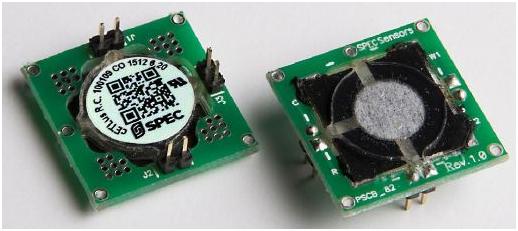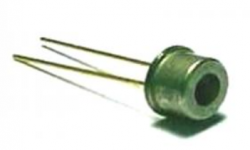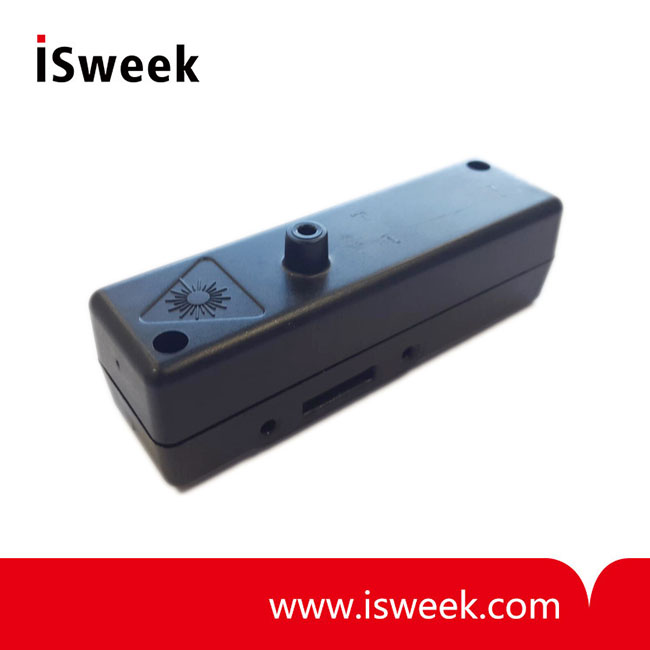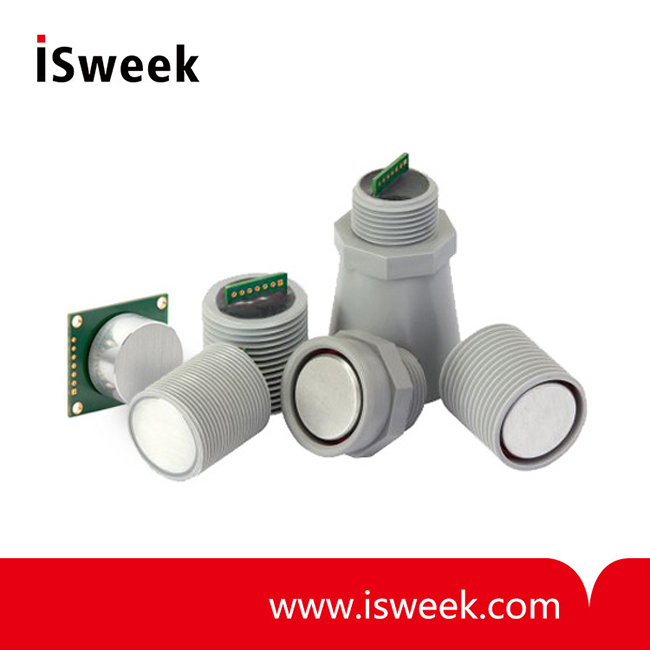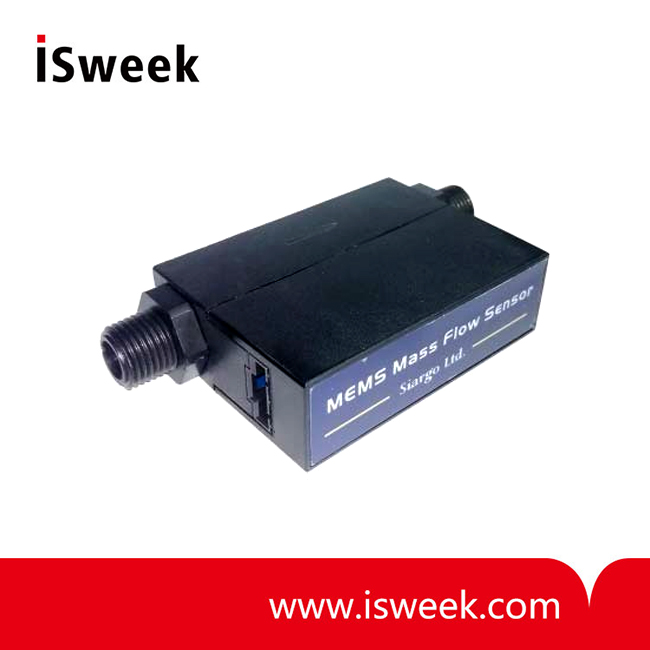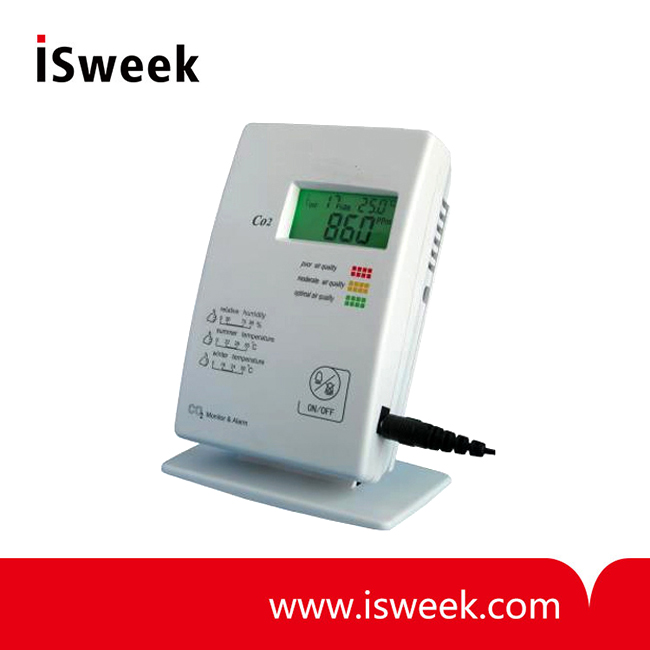Thermal Conductivity Gas Sensors for Vacuum Degree Detection of Vacuum Valves
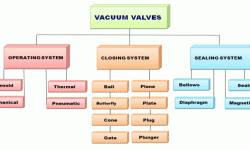
Introduction to Vacuum Valves and Their Role Vacuum valves are indispensable components in vacuum systems, tasked with directing airflow, regulating mass flow, and connecting or isolating vacuum system pipelines. To ensure efficiency and reliability, these valves rely on precise control mechanisms, such as vacuum electromagnetic valves, which leverage AC or…









